
Repurposing Maine: Aging fishing facilities find new life with aquaculture
Some Maine lobster fishermen are turning to aquaculture in a quest to diversify and give defunct lobster pounds a second chance to produce local seafood.
A five-year study in Canada aims to provide more answers about warmer waters with lower oxygen levels and a way for farmed fish producers to adapt to climate change.

Some Maine lobster fishermen are turning to aquaculture in a quest to diversify and give defunct lobster pounds a second chance to produce local seafood.
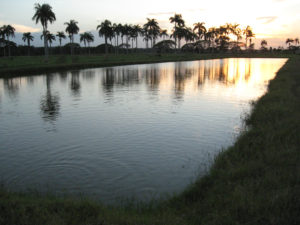
Changes in atmospheric carbon dioxide concentration should have little effect on rising alkalinity concentration in aquaculture systems. Climate change is of greater concern in freshwater aquaculture than is an increase in alkalinity.
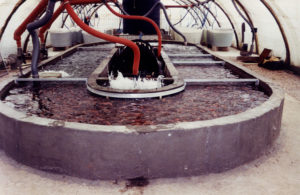
The economic and environmental performance of tilapia biofloc technology systems are compared against other conventional tilapia grow-out production systems, highlighting the merits of BFT as a competitive and sustainable alternative low-cost intensive feedlot technology.
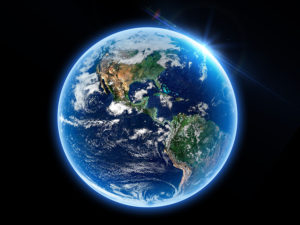
Science tells us that domesticated livestock and fowl cannot begin to address our world’s near-term protein needs, and that farming fish is our best option. Getting more public support is critical to the success of aquaculture and our planet.
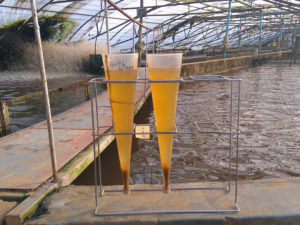
Chambo Fisheries, one of the world’s largest tilapia biofloc tank farms and the largest in Africa, has developed its own, on-farm production of specialized feeds and procedures to optimize feed applications and feeding rates.
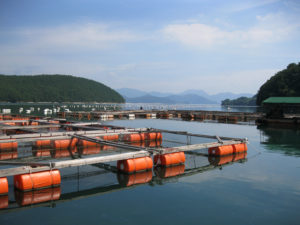
Ocean "hot spots," UCSB researchers have determined, provide enough space to produce 15 billion metric tons of finfish annually, more than 100 times the current global seafood consumption.
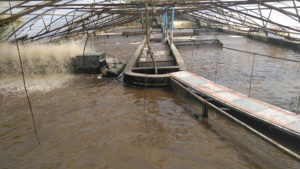
Chambo Fisheries, the world’s largest tilapia biofloc tank farm and the largest tank farm in Africa, has a multi-cohort, sequential, continuous production schedule.
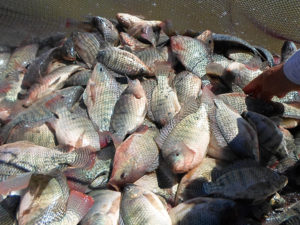
Egypt is the third-largest tilapia producer globally, after China and Indonesia, and accounts for about 80 percent of African production of farmed tilapia. Many of the reasons for Egypt’s successful development of its important tilapia industry could be applied to the rest of African continent.
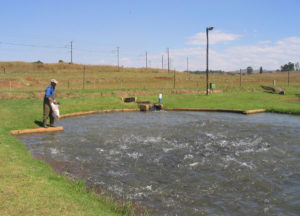
An assessment for aquaculture development in South Africa identified nine freshwater areas and eight marine areas, representing all nine provinces. These areas will be studied to provide guidance for government to enable responsible, integrated and streamlined decision-making.

Combining geophysical fluid dynamics and marine biology, Brian Von Herzen’s visionary technology will soon be tested off the coast of Massachusetts before export to the Indian Ocean.
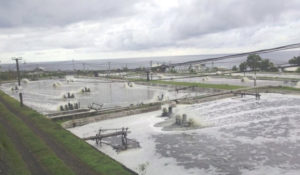
The impact of diseases led some Asian shrimp farming countries to develop biofloc and recirculation aquaculture system (RAS) production technologies. Treating incoming water for culture operations and wastewater treatment are biosecurity measures for disease prevention and control.

The U.S. Soybean Export Council’s farm demonstrations, farmer education efforts and formulated feeds are boosting tilapia production in rural areas of Myanmar, where indigenous carp are more commonly raised.

Agriculture and fisheries have long been aligned with conservation objectives. A newly formed group, CART, aims to do the same for aquaculture.
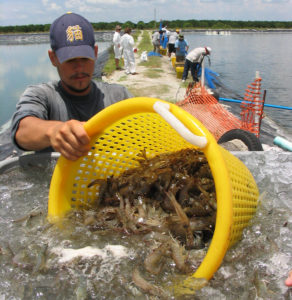
Inland shrimp culture has numerous advantages – improved biosecurity, lower cost of land and reduced conflicts with other users of common resources like land and water – and will continue to expand into new areas.

The tenuous fate of a pint-sized porpoise, the critically endangered vaquita, is linked to a fish targeted by poachers fueling China’s appetite for maws. The vaquita remains in peril, but aquaculture presents some hope for the totoaba.